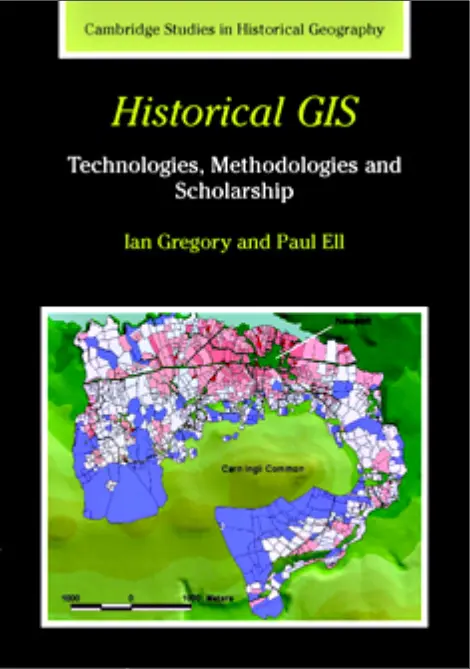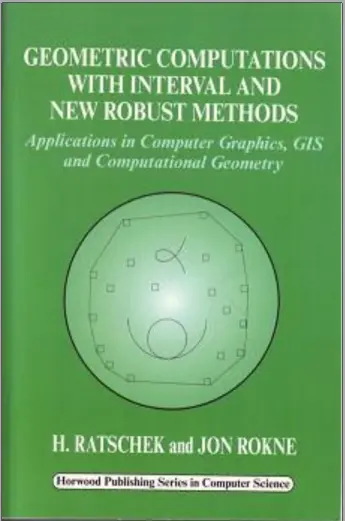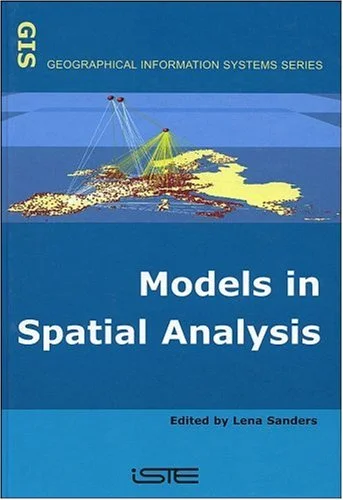Models in Spatial Analysis
📐 Models in Spatial Analysis – The Logic Behind Geographic Patterns
“Models in Spatial Analysis” is a foundational book that explores how mathematical and statistical models are used to analyze spatial patterns, predict outcomes, and understand geographic processes. From land use change to urban growth and transport flows, this book provides the tools to move from data to dynamic insight.
It covers key modeling techniques such as gravity models, spatial interaction models, diffusion models, spatial autocorrelation, agent-based modeling, and regression-based spatial modeling. Each concept is presented with theoretical background and practical examples applicable to both human and physical geography.
This book is ideal for:
- 📊 GIS analysts developing predictive spatial tools
- 🏙️ Urban planners and geographers modeling land use and movement
- 🧠 Researchers working on spatial behavior and simulation
- 🎓 Students in geography, geoinformatics, or environmental modeling
Whether you're estimating retail catchments, simulating urban sprawl, or analyzing migration flows, this book gives you the modeling frameworks to make your spatial analysis deeper, smarter, and evidence-based.
Keywords: Spatial Modeling, Gravity Model, Spatial Interaction, Urban Simulation, Spatial Autocorrelation, Geographic Models, Predictive GIS, Agent-Based Modeling







comments
Leave a Reply
Your email address will not be published. Required fields are marked *